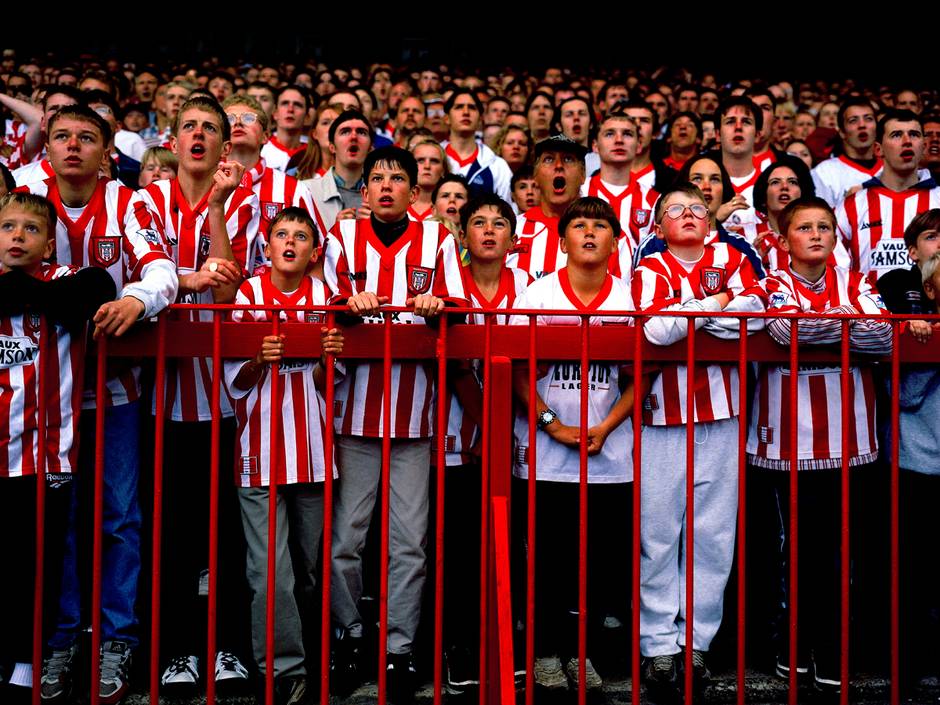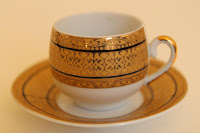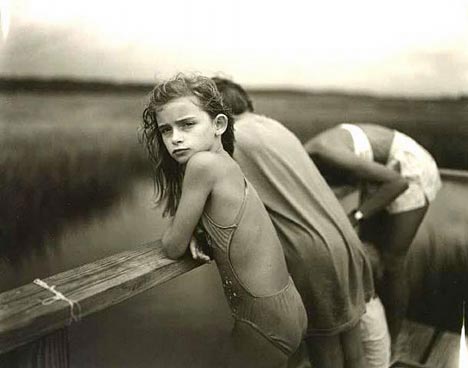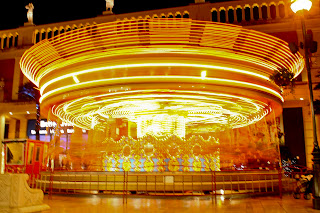Fleetwood Marsh
Following my many failed attempts of trying to photograph various events/activities/subjects for my Brief 1 Exterior Location, I finally stumbled upon the idea of photographing shipwrecks. I came upon this wonderful idea when I was chatting to a friend of mine who suggested a trip down to Fleetwood Marsh Nature Reserve. I had heard of the small town of Fleetwood, within the district of Wyre, but I had never been there before. Fleetwood, a seaside town, once with a thriving fishing industry, like many industrial towns in the North, has now fallen into great decline. The town has suffered a great deal economically, due to the lack of industrial and commecrcial development.
I knew a colleague had once been to Fleetwood to photograph shipwrecks so I asked him for the necessary information to try and get to the right place. The more I thought about the prospect of photographing shipwrecks, the more excited I was becoming. Firstly because, I had never done anything like it before and secondly because this would be something unique from what everyone else was doing.
When I arrived the light was fading fast but I quickly managed to find quite a few old ruins of fishing boats. Good job I had my wellies on . . . my feet were sinking deep into the boggy marshland!! all around me I could see remains of rotting timber hulls being almost enveloped by the mudflats. Many taking their last breath of solitary existence.
The only equipment I took with me was my Canon 500D. I didn't feel I needed anything else such as a tripod, remote shutter release etc. I had about an hours daylight before the sun was about to set, which was enough to shoot hand held, and it's not very practical to stick a tripod into the mud!
I find the last couple of hours before sunset simply ideal for landscape, cityscape and seascape photography and is known to be one of the best times for outdoor location photography. Not knowing where the best place would be to go to find the wrecks I decided to first head for Fleetwood Marsh in the hope that I would find what I was looking for.
 |
| f/5, 1/60th, ISO 200, 45mm |
This is the first boat that really caught my eye. I don't know anything about it but there's something very special about it. As with many of my images, I photographed this boat from every angle. Trying to get the best possible composition with the little light I had available. I think the low light really worked to my advantage. The light fell on the boat as the sun was setting, giving it a lovely warm glow. The brown colours of the grass was beginning to match the corroded colours of the boat. Even though the boat was leaning over, using the rule of thirds, I felt this composition was the strongest, drawing the viewer in and allowing them to interact with the image.
f/4, 1/50th, ISO 200, 55mm
This is my second favourite image of that day in Fleetwood. I think the composition worked extremely well as you can see the remains of all three boats in this image. There's a lovely contrast of colours as the little bits of light was shining and reflecting from the water on the ground. The textures of each elements in the image, from the metal, to wood, to grass, shows up really well in this image. I had to reduce the shutter speed and the aperture as the light was fading very quickly. As a rule I don't like to increase the ISO even if I'm shooting in low light. High ISO can introduce a lot of noise to your images, which I wanted to avoid at all costs. Having a fast lens (Canon 17-55mm, 2.8) has really helped me to keep the ISO down to 200.
f/2.8, 1/50th, ISO 200, 17mm
Again, like the other images, I photographed this boat from many angles. It also took me ages to decide which image to select for my final ten. I decided on this image because I believe the contrast of colours and the composition of each elements in the image is really well balanced. The rustic red of the ship, the cool blue sky and the burnt green grass compliment each other perfectly and symmetrically. The blue colours of the sky also shines through the reflection in the water. The boat in the distance also mirrors the boat in the foreground, although unable to compete with the size and sheer presence of the bigger boat. I decided to photograph this boat standing quite close to it, with a fairly wide angle (17mm) and looking up from below in order to give the viewer a different perspective, and an idea of the size and scale of the boat. Although very rusty, taken from this angle you can get a glimpse of the striking blue hiding under all that rust.
f/2.8, 1/60th, ISO 200, 17mm
This is one of the images I have grown to love. It was the last entry into my final ten images. Suffice to say I did a lot of mulling over this image! Looking back on it I'm not so sure why it took me so long to decide on this. I suppose I felt it wasn't as strong as the rest of the images. The more I look at this image the more I like it - what first catches your eyes is the beautiful shades of orange, green and blue, gradually leading you down to it's exposed rib cages, bearing an uncanny resemblance to the human body and skeleton. In this image I feel I have somewhat perfectly captured, the slow decay, disintegration and eventual death of all these ships - looking graceful and elegant until the very end. I purposely used f/2.8 to get a shallow depth of feel as I wanted to draw the viewers eyes to the alluring colours of the ship.
Skipool Creek
Wanting to add a bit more variety to my final ten, I decided to make another trip down to Skippool Creek in Fleetwood. Skippool was also once a thriving port, where ships from all over the world would unload their cargo. The opening of a railway brought about the demise of the Creek in 1840.
Skippool Creek was lined with wooden jetties with gangplanks leading to them - some with missing planks and others dangerously close to buckling under pressure. Looking around you'd be forgiven to to think time had stood still for Skippool - except for the steel and timber boats in various states of disrepair.
f/5, 1/100th, ISO 100, 55mm
The Good Hope was of the most imposing and majestic timber vessels in Skippool Creek. Even though the sun was not shining that day, I felt the grey, muted tones of the sky, perfectly complimented the red rusty colours of the boat. The discolouration somehow managed to add something more to the boat. As sad as it is to see these magnificent vessels go to disrepair, who knew such beauty could exist in the process of their decay. I very much like the composition of this image and as it was after midday, I had plenty of day light to expose the image well without using slow shutter speed or high ISO. There is slight under exposure to the left side of the boat but I think, just like in portraits it adds a bit of character.
f/5. 1/60th, ISO 100, 33mm
This is another one of my favourites. It makes me think maybe it's reminiscing of the days gone by - and always willing, able and inclined to go out to sea again, at any given moment. It's quite regretful to think it may never actually make it out to sea again. The positioning of the boat makes it look like it's forever looking far beyond the horizon, dreaming of adventures in far flung lands. Being covered in mud doesn't stop the vibrant, rich colours of the boat coming through. I used a low aperture again as I wanted to keep the subject in focus more than the surroundings.
f/4, 1/80th, ISO 100, 17mm
With sticky mud all around me, I couldn't get to a good position, without risking falling over the edge, to get the whole boat in the image!. However, I'm still quite pleased with this image. What I like about it is how the earthy colours of the boat has merged with the mud and silts it sits on, effortlessly blending into one.
f/3.2, 1/60th, ISO 100, 33mm
This might seem like an usual choice in a brief full of boats but I believe this image conveys the story of the once flourishing shipping port of Skippool with far greater ease, then the images of the boats themselves. Of course, that is just my opinion and others may disagree! I wasn't too keen on the original colours of this image so decided to use a bit of disaturation to get some muted tones . . . keeping in with the overcast sky and the theme of deterioration and dilapidation. Again, it might not be everyones cup of tea but then again, you can't please everyone!
This was the first boat I photographed when I arrived in Skippool. I was quite mesmerised by it and took quite a significant number of images of the same boat! I loved the colours, the textures and the shape of the boat. The light was just right, giving me a good even exposure with 1/100th second shutter speed. I used the widest angle of 17mm to get the whole boat in the frame. The bits of rain water collected on the ground was perfect for reflecting parts of the boat and the wooden fence posts.
f/7.1, 1/125th, ISO 100, 18mm
This is my absolute favourite of all the images I have taken of the shipwrecks. Normally I would never place the subject bang on the centre of the image but I think it works really well in this image. What I love about this image is the fact that the boat looks as if it's gradually getting lost in the wilderness of the overgrown grass. It's exactly the same boat as the one above but I felt the desaturation helps to emphasise and highlight the gradual deterioration of this neglected beauty. With plenty of day light I used a fast shutter speed and and a high aperture to try and keep most of the elements of the image in focus.
Post processing
All the images were taken in Raw, thus allowing me to do the necessary post processing in Photoshop, without compromising on quality of image. I tried to do minimal editing, other than adjusting the clarity and contrast in Camera Raw to bring out the richness of colours and the textures of the boats. I also kept cropping to a minimum as I didn't want to lose any important features of the photographs. I always try to get my composition right in order not to do any cropping. I tried to use a mixture of Auto and Cloudy White Balance on most of the images in order to get a natural warm tone to the images. I calibrated my screen with the Spyder 2 I borrowed from college and applied DS Colour labs colour profiles to get an accurate representation of what the images may look once printed.
Overall I'm very satisfied with all the images I have produced for this brief. I believe this batch of images are some of my most favourite to date . . . until the next set of images!!!
Overall I'm very satisfied with all the images I have produced for this brief. I believe this batch of images are some of my most favourite to date . . . until the next set of images!!!

















































